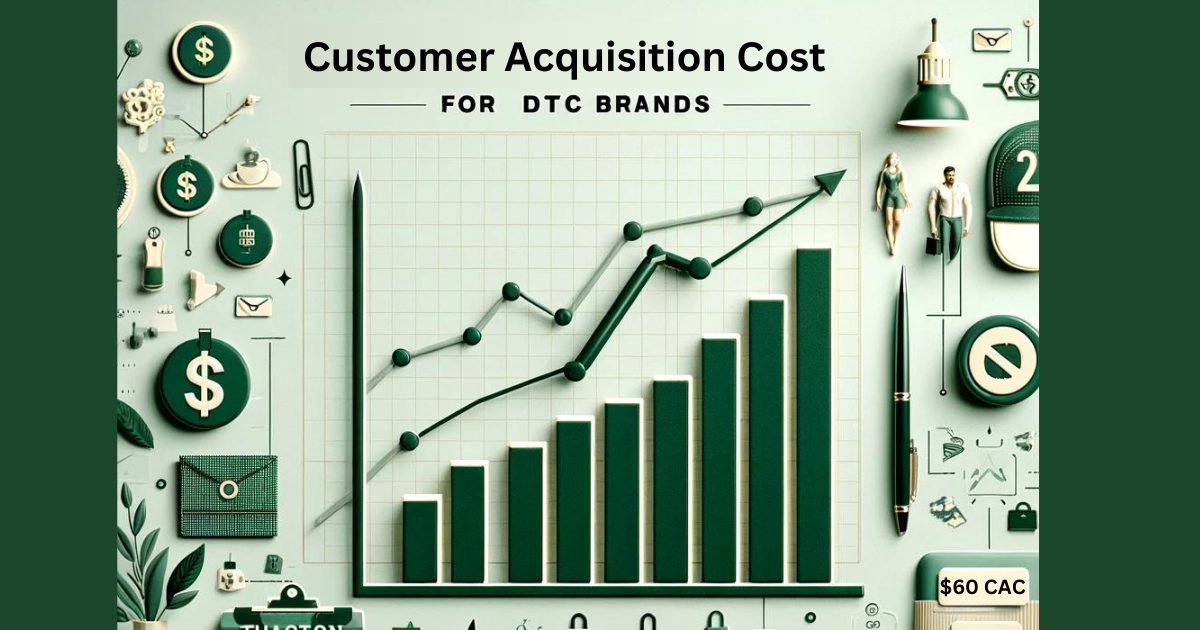Many eCommerce and DTC (Direct-to-Consumer) brands are leaving substantial money on the table due to flawed financial data. In today's article, I'll share the five critical ways to bring financial clarity to your business that can drive exponential growth.
Real-world impact: We recently worked with an $8 million eCommerce brand struggling with inconsistent profitability. After implementing the financial clarity strategies outlined below, they grew to $25 million the following year and are on track to exceed $50 million this year.
1. Establish the Right Financial Methodology
When dealing with inventory-based businesses, your accounting methodology makes a tremendous difference in your ability to make strategic decisions.
Switch from Cash to Accrual Accounting
For inventory-based businesses, accrual accounting is essential. This ensures your costs align properly with your sales, giving you a true picture of profitability. With cash-basis accounting, inventory purchases create massive distortions in your monthly profit reports.
When you order inventory, that shouldn't immediately appear as an expense on your profit and loss statement. Instead, it's an asset that belongs on your balance sheet. Only when you sell a product should the corresponding cost of goods sold be expensed.
Structure Your Chart of Accounts for eCommerce
Design your chart of accounts specifically for eCommerce operations. The ideal structure includes:
- Revenue
- Cost of Goods Sold (product costs per sale)
- Selling Expenditures (advertising, marketing, shipping, merchant fees)
- Contribution Profit (revenue minus COGS and selling expenditures)
- Overhead Expenses
This structure provides a clear snapshot of different areas that need focus and makes it immediately obvious whether your contribution profit exceeds your overhead—the fundamental determinant of profitability.
2. Establish a Consistent Financial Review Cadence
Your financial statements are your business report card. While many entrepreneurs avoid looking at their finances, this avoidance only delays inevitable problems.
Monthly Review by the 10th
At minimum, review your financials monthly, with reports completed by the 10th of the following month. This timeline ensures you're not halfway through the current month before discovering issues from the previous month.
Key Performance Indicators (KPIs) to Track
During these monthly reviews, focus on these critical financial metrics:
- Cost of Goods Sold percentage
- Gross profit percentage
- Contribution profit (and its percentage)
- Net income
- Overhead as a percentage of revenue
- Shipping costs as a percentage of revenue
Beyond financial metrics, track these marketing KPIs:
- Customer Acquisition Cost (CAC)
- Customer Lifetime Value (CLV)
- CLV to CAC ratio
- Payback period on customer acquisition
3. Understand Your True Acquisition Cost
Spreadsheets and ad platform dashboards can provide estimates of your acquisition costs, but the true reconciliation happens on your financial statements.
Your financial statements capture all expenses flowing through your bank accounts and credit cards. These often reveal hidden costs missing from dashboard metrics, such as:
- Freight-in costs that affect your true COGS
- Platform fees not included in reported ad spend
- Agency management fees
- Creative development costs
When your spreadsheet shows 20% COGS but your P&L shows 25%, something is missing from your calculations that could dramatically affect your unit economics and profitability models.
4. Monitor Email Marketing Performance
Your email list is potentially one of your business's most valuable assets, yet it appears nowhere on your balance sheet.
Email Revenue Contribution
Set a benchmark goal for email to contribute at least 30% of your total revenue. For brands with high customer lifetime value, this number can exceed 50%.
Email Performance Metrics
Track these key email metrics:
- Flows vs. campaigns performance
- Number of recipients
- Value per recipient
- Open and click-through rates
- Revenue per email sent
These metrics help identify if you're emailing too frequently (decreasing value per recipient) or not leveraging this channel sufficiently.
Think of your email list as the "golden goose" of your business. It represents customers you've already paid to acquire, so nurturing this asset is critical for sustainable profitability.
5. Develop a Reliable Cash Flow Forecast
Even with perfect accrual accounting, you might end a highly profitable month with less cash in the bank. This is normal for inventory-based businesses and highlights why cash flow forecasting is essential.
Managing Cash vs. Profit
Profitable businesses can still run out of cash, particularly when inventory purchases (which don't impact the P&L directly) consume available funds. A cash flow forecast helps you:
- Anticipate cash shortfalls before they occur
- Plan inventory purchases strategically
- Balance inventory levels to avoid stockouts while not tying up excessive cash
- Make informed decisions about investments in growth
Your forecast doesn't need to be perfect—it just needs to be close enough to help you make strategic decisions with confidence about your future cash position.
Ready to Bring Financial Clarity to Your eCommerce Business?
Implementing these five strategies can transform your ability to make data-driven decisions and dramatically increase profitability.
Schedule a Financial Clarity ConsultationThe Bottom Line: Financial Clarity Drives Growth
Financial clarity isn't just about better bookkeeping—it's about creating a foundation for strategic decision-making that drives exponential growth. By implementing proper accounting methodology, establishing regular reviews, understanding true costs, leveraging email assets, and forecasting cash flow, you'll position your eCommerce business for sustainable success.
The difference between eCommerce brands that plateau and those that scale often comes down to their financial clarity and the quality of decisions that result from it.




